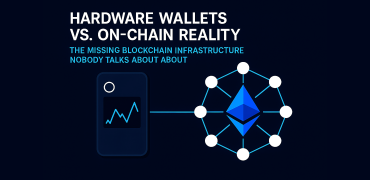Related articles

Arbitrum Fusaka Upgrades and Aegis Insurance Pilots, Technical and Governance Implications for Layer 2 Builders
Blockchain
Testnet Guide for Developers: Build and Test Free with Crypto APIs Blockchain Infrastructure
Blockchain



 Login
Login
































 Copy link
Copy link